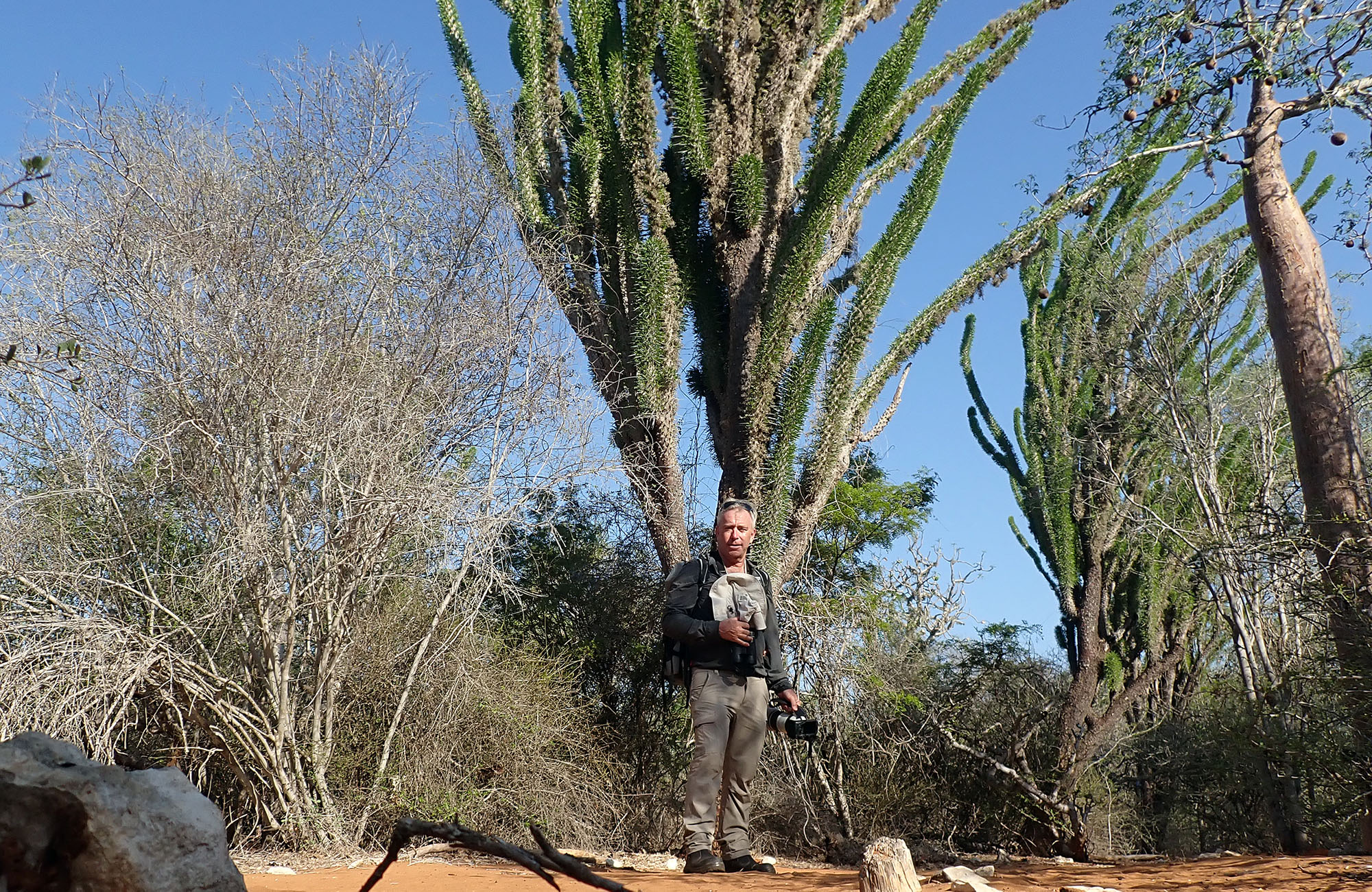ecosystem-guides.com
....exploring the planet's ecosystems
MADAGASCAR
Spiny Thickets
Being a large island, Madagascar has many different types of habitats. The south-west of the island is dry,
and includes dry woodlands, succulent shrublands and this habitat, often nicknamed the 'Spiny Forest'. This bizarre and distinctive looking ecosystem is endemic to Madagascar. These are unique habitats in a unique country...
The group of plants that put the name 'spiny' in the forest here are the Didierea. The larger individuals have their long slim branches reach up into the sky, giving them the common name of ‘Octopus Trees’. They look rather like Cactus of the Americas in form, habit and habitat, and indeed they are not too far related.
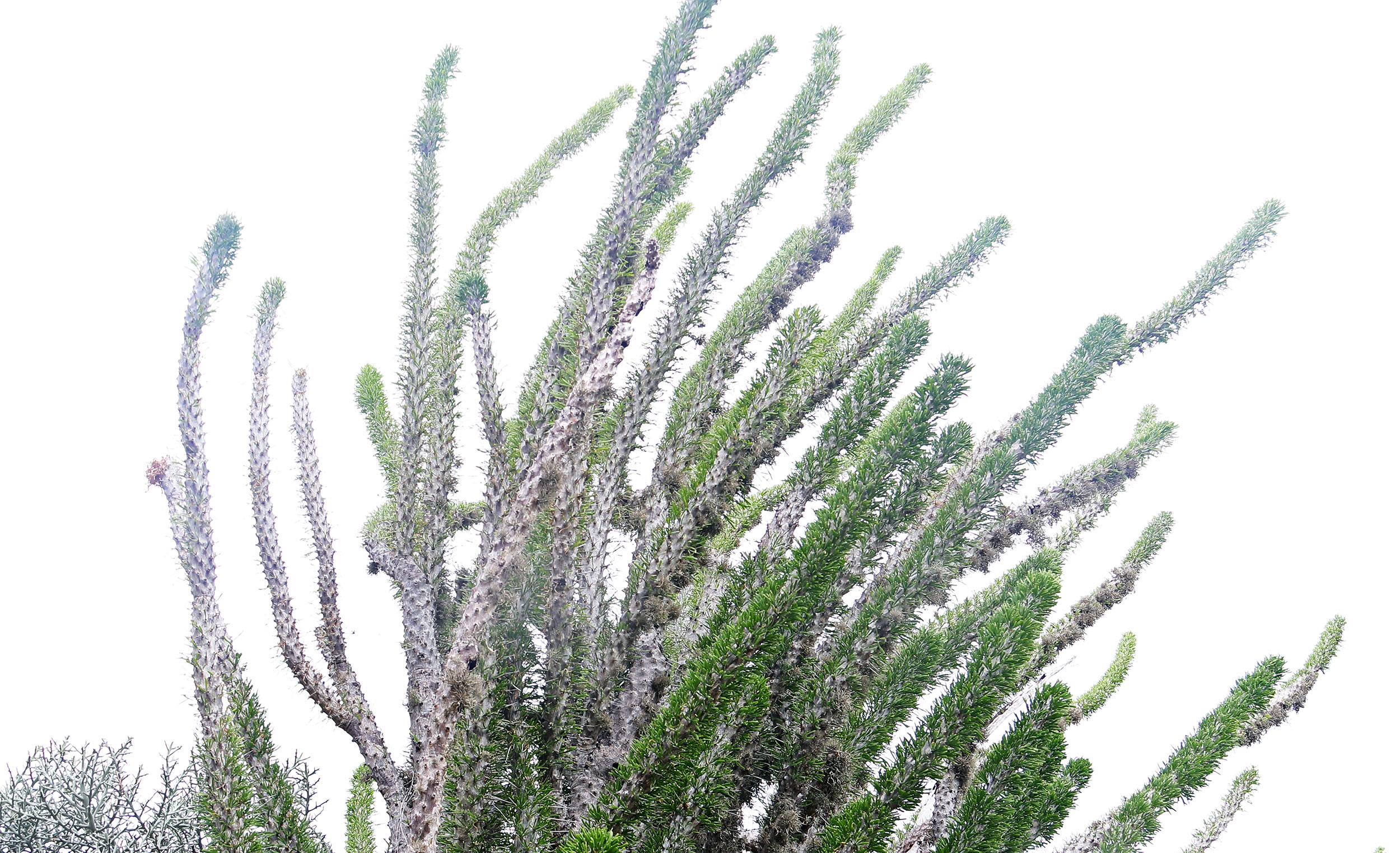
In arid habitats around the world, it is not rare to see different lizards scuttling along the sand. One of the more commonly seen species here is the 'Three-eyed Lizard' Chalarodon madagascariensis. It is so named because it has a diistinct dark spot on top of the head, a parietal/pineal eye. Most lizards have this, but in this species it quite marked. It is endemic to the dry forest, spiny forest and succulent shrublands of southern and western Madagascar.
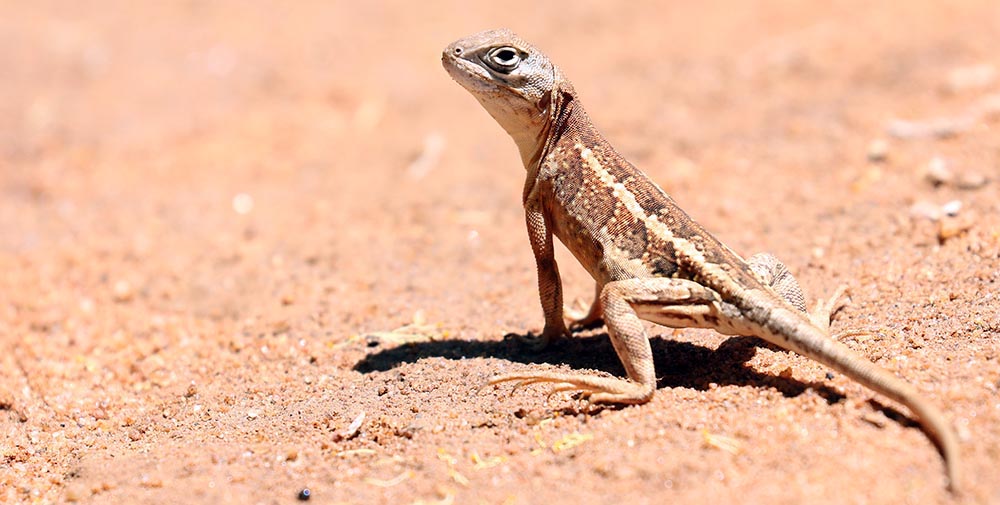 You know how your mum used to say she had eyes in the back of her head? Well this guy really does...
You know how your mum used to say she had eyes in the back of her head? Well this guy really does...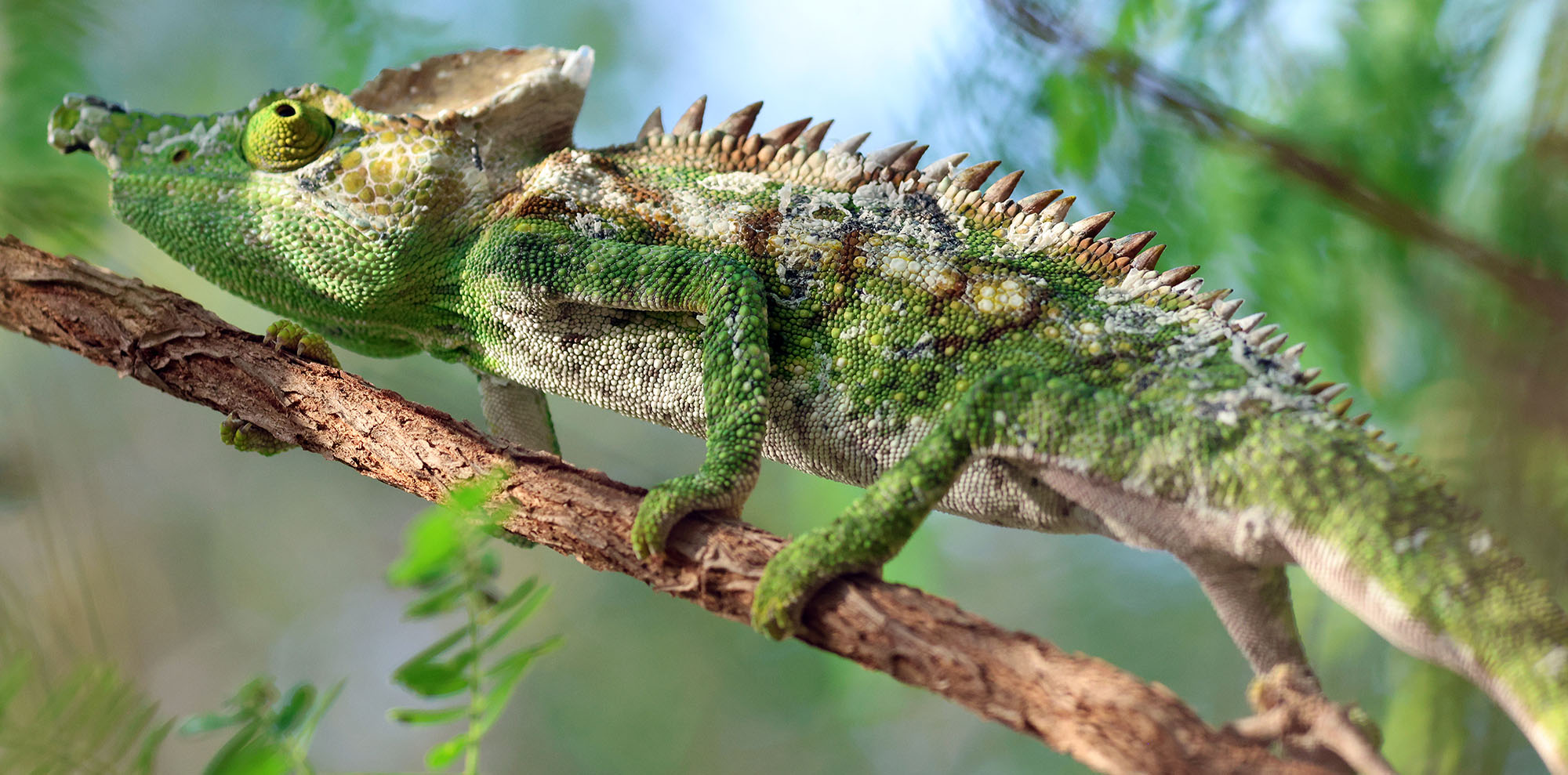
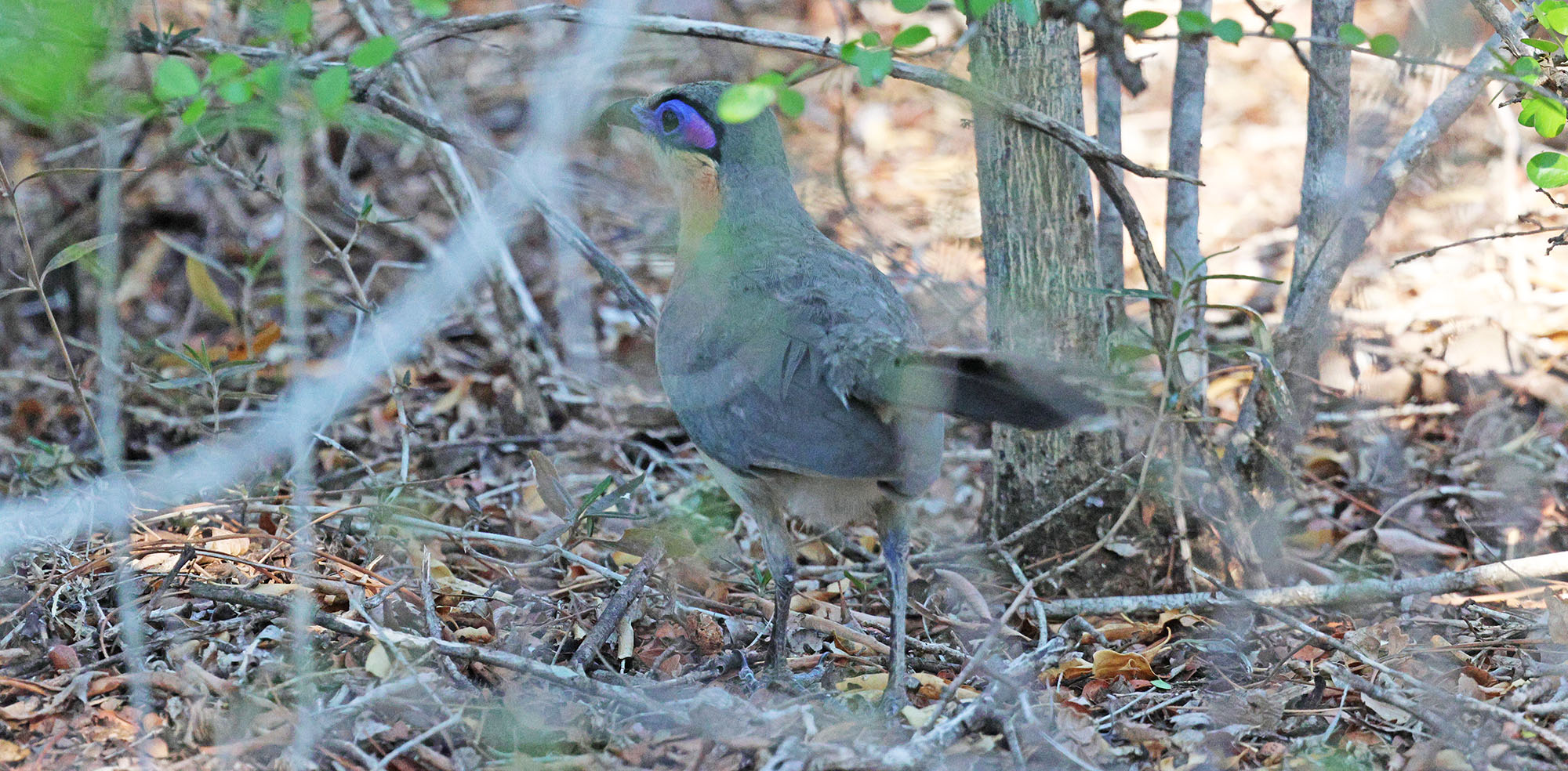
Places to experience the Madagascar desert shrublands
Much of the natural Spiny thickets in southern Madagascar have been cleared. Most people who explore this habitat have to go to protected fenced off areas such as the Arboretum d'Antsokay, accessible from the town of Tulear or Toliara.
